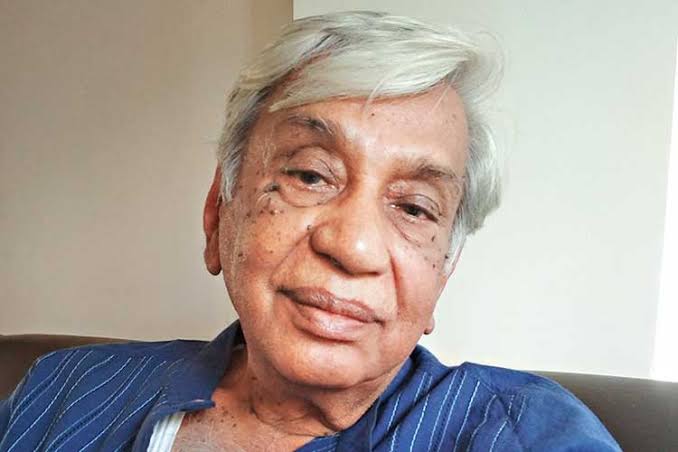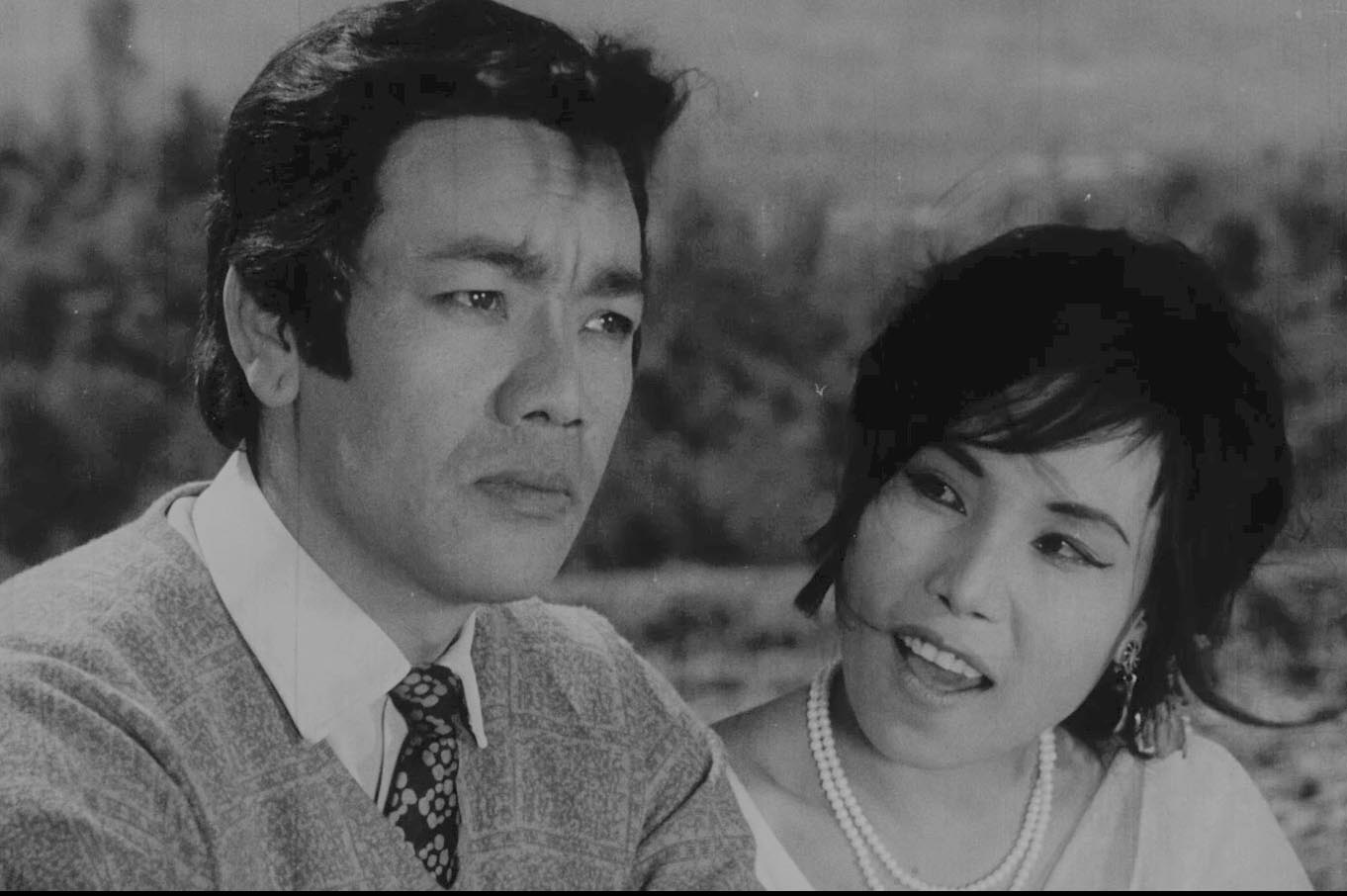It is well known that by the 1980s, Burma now Myanmar had become the world’s largest opium-cultivating country. Since the late 1990s, however, Myanmar has seen a significant decline in opium cultivation, although it remains the largest producer in Southeast Asia.
Unsurprisingly, there is also significant illicit poppy cultivation in India particularly in areas bordering Myanmar according to a report, Poppy Farmers Under Pressure published in December 2021 by TRANSNATIONAL INSTITUTE (TNI) based in Amsterdam, The Netherlands.
The report focuses on analysing the causes and consequences of the declining opium cultivation and production in Myanmar, with some references to India’s Northeast particularly Arunachal Pradesh and Manipur.
The report is based on field research conducted by TNI and several local organisations and researchers (often farmers) in major opium-cultivating areas in Myanmar during late 2020 and the first half of 2021. Some research was also carried during the same period in Manipur and Arunachal Pradesh in northeast India, the report says.
In the field research conducted for this briefing, 62 farmers were interviewed in Myanmar (40 men and 22 women), along with several other interviews carried out with key informants. In Northeast India, 61 farmers and key informants were interviewed (11 farmers in Manipur and 50 farmers and key informants in Arunachal Pradesh), the Report noted.
According to the United Nations Office on Drugs and Crime (UNODC), the area under poppy cultivation in Myanmar dropped from some 150,000 hectares (ha) in 1997 to about 21,000 ha in 2006. By 2007, the UNODC estimated that the Golden Triangle produced only 470 tonnes of opium, representing 5% of global production.
The decline of opium cultivation and production in Myanmar since the end of the 1990s is largely due to drought and the rapid rise of methamphetamine use in Asia in the 1990s among others. The then military government in Myanmar quickly agreed ceasefires with many armed groups, which also controlled the largest opium-producing areas in the country. Another major factor in the decline in opium cultivation in Myanmar relates to changes in the global heroin trade. In the 1980s, the European and US drugs markets were mainly supplied by Burmese heroin. This changed in the 1990s for several reasons. Opium cultivation and heroin production increased in other parts of the world, competing with Burmese heroin. By that time, Latin America had become the major source of heroin in the US, consisting of white powder heroin from Colombia and black tar or brown powder from Mexico.
At the same time, opium cultivation and heroin production were also growing in other parts of the world. The main new source of opium was Afghanistan, where poppy cultivation increased rapidly. According to UNODC data, Afghanistan replaced Myanmar as the largest global opium producer, and soon Afghan heroin dominated the European drugs market.
According to UNODC estimates, opium cultivation in Myanmar reached its peak in 1996, covering a total of more than 160,000 ha. It then gradually declined to the lowest level of about 20,000 ha in 2006, only to rise once again from 2007 to about 60,000 ha in 2013 and 2014 before falling to some 30,000 ha in 2020. So, from 2007 onwards, poppy cultivation in Myanmar has ranged between 30,000 and 60,000 hectares.
Apart from Myanmar, India is the other main country in the region with illicit opium cultivation. As there are no opium surveys in India, there is no accurate data on poppy cultivation and production. However, the Indian government has made some statements on illicit opium cultivation levels in the country, and reported that it was some 22,000 ha in 2011 and 28,000 ha in 2012.
The TNI report says a former Indian government official estimated in 2009 that illicit opium cultivation in northeast India is much higher: “In my estimates, it is at least 30,000 hectares, and it could even be up to 50,000 hectares.” Studies on illicit opium cultivation in northeast India confirm this picture, and some claim that data on illicit cultivation in India is likely “to have been greatly underestimated for years”. This means that India could be the world’s third largest illicit opium-cultivating and production country, after Afghanistan and Myanmar, or could even be quite similar to Myanmar.
A significant part of illicit poppy cultivation in India takes places in the Northeast of the country, in areas bordering Myanmar. The Myanmar-India borderlands share common
geographical features and peoples. Some of the ethnic groups living in these isolated and mountainous areas straddle the border.
Notably, the TNI report says research was carried out in Manipur and Arunachal Pradesh, both part of India’s Northeastern States. A number of ethnic-based local groups of this ethnically diverse region initiated armed political struggles that have yet to be resolved. Manipur and Arunachal Pradesh share a long international border with Kachin State, Sagaing Region and Chin State of Myanmar – all are opium producing areas in Myanmar. Both Arunachal Pradesh and Manipur are considered to be among India’s most politically and economically marginalised states. Opium cultivation in Arunachal Pradesh is mainly concentrated in Anjaw and Lohit districts, while in Manipur it is highest in Saikul, Ukhrul and Chandel districts.
In some areas of Arunachal Pradesh, opium has reportedly been cultivated for generations, while in other areas it is far more recent and is grown as a means for villagers to earn a living. In Manipur, poppy cultivation has significantly increased over the last 15 years, primarily as a means of subsistence.
Farmers interviewed in Manipur underlined that opium cultivation had improved their economic situation, yielding annual earnings typically ranging between Rs 400,000 and 700,000 (USD 5,400– 9,400), the report mentioned.
The practice of “Jhumming” (shifting cultivation) largely continues, including in association with opium cultivation, and communal land tenure are common in both states. Depending on the area, opium is extracted either with a cloth or as gum. Although the majority of farmers grow opium and other crops on small plots, the area dedicated to opium cultivation can vary significantly, ranging from less than 0.4 ha to 20 ha in certain areas of Arunachal Pradesh. Most farmers who were interviewed indicated that opium is generally cultivated in isolated upland areas far away from where they live in order to avoid detection and eradication.
Although eradication and legal prosecution have been inconsistently enforced, some farmers indicated that eradication, whenever it happened, would create significant problems for families, including limiting their children’s education, access to health services, and in some cases causing food insecurity. In Manipur, farmers reported paying bribes to armed groups and police to avoid eradication, although certain armed groups reportedly
appear to oppose opium cultivation, the report said.
Local farmers have also developed various strategies to resist eradication. These include growing opium far from their village, giving wrong or unclear directions to eradication teams to drive them away from opium fields, or even blockading roads to prevent access to the fields.
In Arunachal Pradesh, opium cultivation appears to be more for the domestic – as traditional medicinal purpose or rituals – than for the international market. This is also confirmed by a 2021 US State Department report: “Opium poppy is grown illicitly in India, however, especially in the Northeast, to meet local domestic consumption demand.”
The situation is markedly different in Manipur, where intermediaries generally buy most of the opium and come to the villages, and farmers do not always know how the opium is eventually used. The media has also reported the local production of heroin, for instance in Thoubal district, a fact corroborated by interviews with key informants. Farmers commonly have to pay various taxes to armed groups and/or village chiefs, ranging for each family from around Rs 30,000 to 50,000 (USD 400–670) per season, the TNI Report said.
According to key informants from the area, including a local police officer, opium cultivation in Manipur seems to be more integrated within the regional drug economy and connected to other actors, notably from Myanmar. Patterns of drug use differ greatly from those in Arunachal Pradesh, as local people use a wide array of manufactured drugs, such as cough syrup, methamphetamine (in some cases referred to as “WY from Myanmar”), heroin (from Imphal, the state capital of Manipur), and pharmaceutical drugs such as alprazolam. This stands in stark contrast with patterns of drug consumption in Arunachal Pradesh, where opium remains the drug most commonly consumed in villages, the report pointed out.
The price of opium in both Arunachal Pradesh and Manipur tends to fluctuate significantly according to the season and the time of the year, as is the case in Myanmar. Generally, prices are lower immediately after the harvest when supply is up and higher later in the year. Farmers from various areas of Arunachal Pradesh reported average prices ranging from around Rs 400 to 2,000 per tola – a tola is equal to 11.66 gm – (USD 460–2,300 per kg), depending on the time of the year. This appears to be significantly higher than five to 10 years ago, when farmers earned approximately Rs 100 to 300 per tola (USD 115–345 per kg). Prices in Manipur have also increased over the same period, to reach around Rs 350 to 700 per tola (USD 400–800 per kg) in 2019, a total estimated to be 10–20% higher than five years earlier. Although there is no overall data, interviews suggest that cultivation has noticeably increased during the same period, the report asserts.
Little is reported about the scale of illicit opium production in India, but it is suspected that it is substantial, from leakage of both the licensed and unlicensed cultivation. In 2018 the Government of India seized a total of four tonnes of illegal opium, the fourth largest after Iran, Afghanistan and Pakistan. Illicit cultivation of opium is most abundant in Manipur and Arunachal Pradesh, the Report mentioned.
Overall, and despite local specificities, the situation of opium farmers in Northeast India is strikingly similar to that of farmers in Myanmar. Opium continues to be cultivated mainly for subsistence purposes, and entire communities rely on the income they derive from it to meet their basic needs. Despite the government’s efforts to improve access to infrastructure and basic services, opium cultivation has expanded over the past decade, boosted by local and international demand and increasing prices.
These trends clearly show that development interventions alone are unlikely to address the issue of opium cultivation, and that other underlying factors such as armed conflict and political marginalisation also need to be addressed. It is also essential to acknowledge that both the traditional use of opium and continued local and international demand will continue. Broader recognition of these realities and challenges is therefore needed, including via legal mechanisms and schemes, TNI Report suggests.










